Get full access with a free account
Benefits of the Coloplast® Professional Educational platform
- Full access to educational content, events and resources
- Track your progress
- Share content with your colleagues
- Share supporting material with your patient
To evaluate wound progression and check for infections, you should conduct a basic assessment at every dressing change, using an assessment tool, such as the Triangle of Wound Assessment.
The condition of both the wound and patient should match the goals and objectives identified in your care plan.
You should conduct a full holistic and wound re-assessment every 4 weeks in the community or general practice setting or 2 weeks for the acute setting – including measuring the wound depth, length and width – to monitor healing progression, overall patient wellness and care plan concordance.
Examples of wound progression
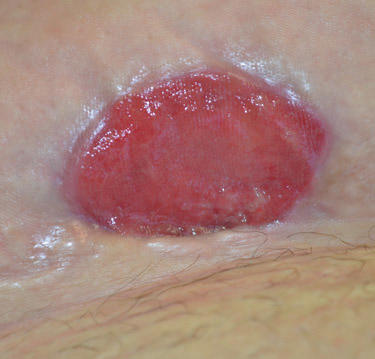
Healthy wound edge
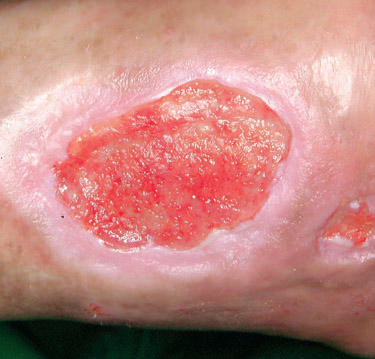
Healthy periwound skin
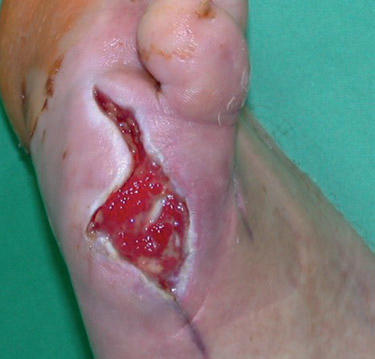
Granulating wound bed
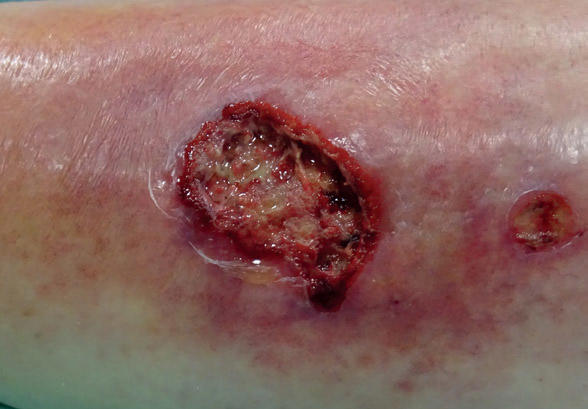
Day 0:
Wound depth 9mm and width 40mm.
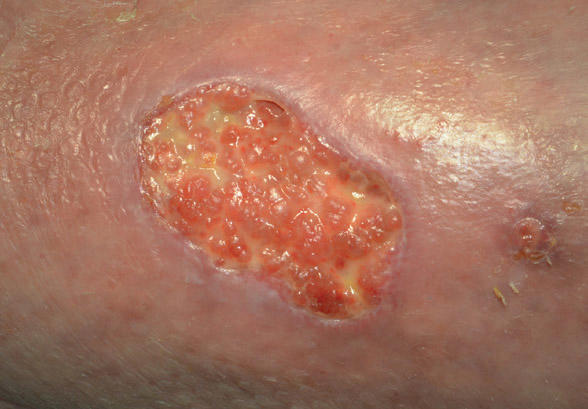
Day 40:
Wound depth 2mm and width 25mm.
When you re-assess it is important to determine:6
- If the current dressing regime met clinical and patient objectives.
Remember: The condition of a previous dressing can indicate if a change is needed in regards to dressing type or frequency of dressing changes. - If the care plan needs to be changed.
Remember: To follow your local guidance in relation to referral to a specialist such as the Tissue Viability Team if the wound is deteriorating. - If the patient needs to be referred to a specialist.
Remember: A deterioration in the wound or the patient’s overall wellbeing should trigger automatic referral to a wound care specialist.
